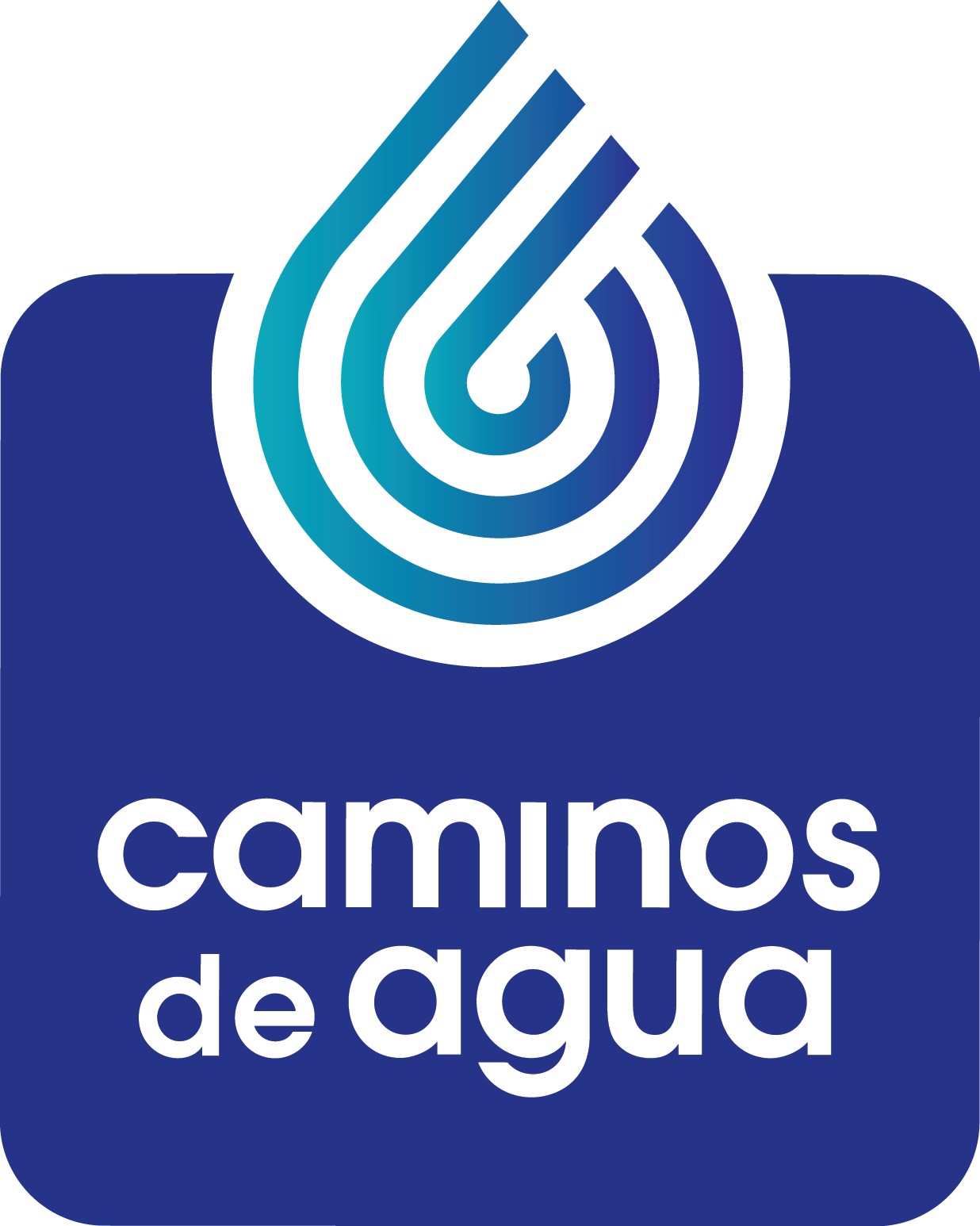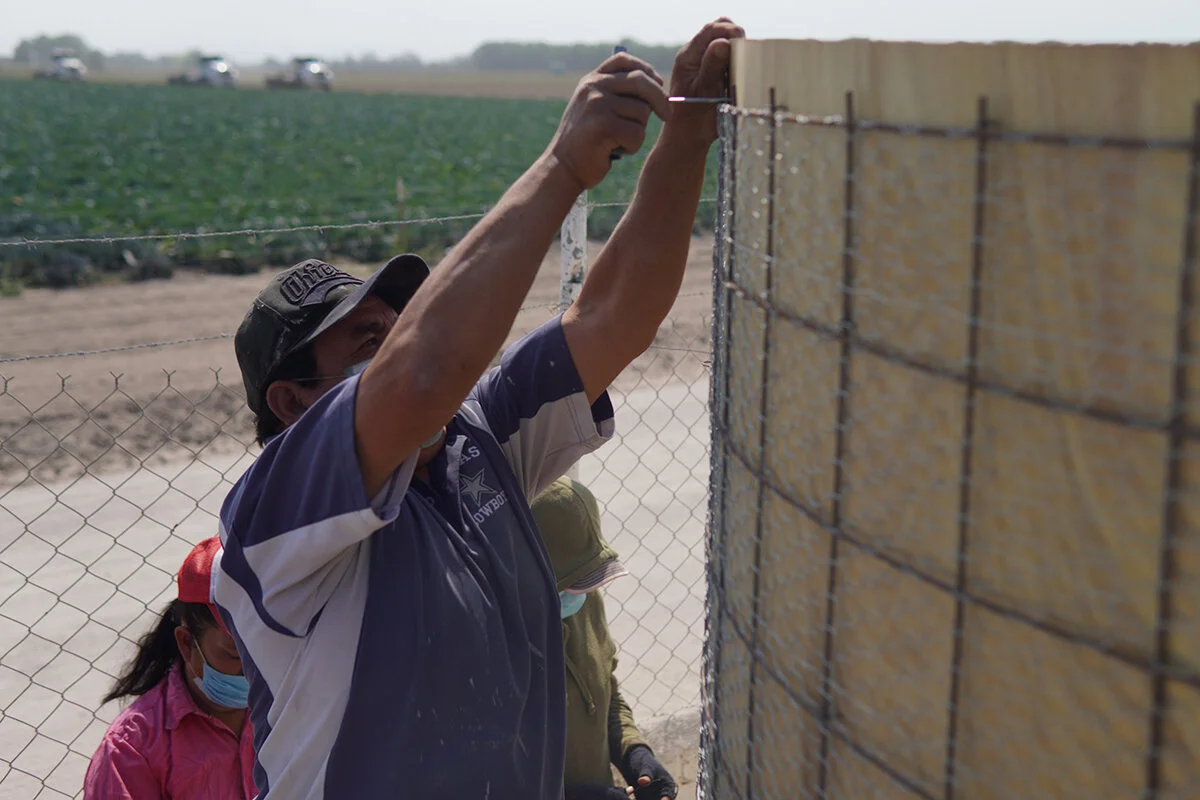What’s Next for San Miguel and its Water?
Dylan Terrell
Executive Director
Our Water Crisis Affects Us All: The Time to Act is Now
Over the past month, we have been sharing with you a series of personal stories talking about the different aspects of our urban water crisis from the perspective of people living here in San Miguel de Allende. This city is part of a larger region, connected by water, known as the Upper Río Laja watershed. Increasingly, our water crisis is getting worse – the biggest reason, far and away, is due to the intensive water-extracting activities of the agro-exporting industry, which uses 85% or more of all the available groundwater – the shared and finite water resource we all require. As such, water is becoming more and more scarce in both urban and rural settings, and the remaining water is more and more contaminated with natural-occurring chemicals such as arsenic and fluoride. As shared by Dafne – in a video we shared with you two weeks ago – you can grow up in San Miguel without knowing that the water you drink is contaminated, only one day to find out, as an adult, that you’re sick with fluorosis, a chronic disease that stains your teeth and weakens your bones. This is not the only health threat related to fluoride and arsenic consumption, chronic kidney disease, skin lesions, developmental and learning disabilities in children, and several types of cancer, unfortunately are as well.
San Miguel de Allende has become a little piece of heaven for many of us. So many of us have made the decision to live, and invest, in this community and call San Miguel our home. This city is a tapestry of stories, beauty, and diversity that is truly unique. While water contamination and scarcity might seem like a vague future threat for many in the urban area, the reality is that so many of our neighbors are already experiencing detrimental health effects and many simply cannot afford alternatives.
Photo: A community member building a Rainwater Harvesting System in the community of Jerico de María (in the background you can see an agricultural camp with modern irrigation systems).
It’s Not Just a Rural Issue
Over the last decade, at Caminos de Agua, we have focused primarily on rural communities who have been so acutely affected by our worsening water crisis. We have seen their wells literally go dry and collapse in on themselves almost overnight, leaving thousands without any water at all. And, as the water table continuously drops, due to the agricultural overuse, wells must be drilled deeper and deeper and, at these depths, we register increasingly higher concentrations of arsenic and fluoride, impacting the health of tens of thousands more. As we explained just last week, climate change is only compounding these issues and making the situation far worse. However, this crisis has expanded well beyond the boundaries of rural villages and now very much affects all of us, rural and urban alike.
Photo: Presa Allende (Allende Reservoir) pictured in April 2021 is the driest it’s been in years, largely due to climate change-related drought.
For the past 10 years, Caminos de Agua has been monitoring the water crisis through our water monitoring program, raising awareness through our growingly diverse educational programs, developing innovative new solutions, and creating access to clean water, working hand and hand with those most at risk. In the process, we have created close partnerships with rural communities, grassroots organizations, national and international NGOs and networks, leading researchers and universities, as well as working with the local, state, and federal government to advocate for more coherent water policies and management to address the root causes of our crisis. Unfortunately today, it is time for us to more directly extend our reach to urban residents and help them better grasp the magnitude of these problems and begin building solutions together.
This fall we will be launching our Urban Education Initiative in San Miguel. We will highlight the different aspects of the urban side to our water crisis in order to help people better navigate these issues, especially in the most affected neighborhoods. We are currently working on bringing you the results of our urban water monitoring and are already working on the development of new educational materials, neighborhood-based workshops, and model urban water solutions to help residents better understand the nature of their situation, how to organize, and what they can do.
Thank You For Being Part of The Solution
I want to take this opportunity to express my gratitude and personally thank each of you who donated this month to help us launch this ambitious, badly-needed new program. If you haven’t done so already and you are able to, please consider donating by clicking the button below.
Finally, if you have any questions please feel free to reply to this email or write to info@caminosdeagua.org. Also, if you want to learn more about our work and/or the situation in our region, please visit our website and subscribe to our monthly bulletin at www.caminosdeagua.org/en/la-gota where we give you a behind the scenes look at our daily activities.
Gracias.
Dylan Terrell
Executive Director





